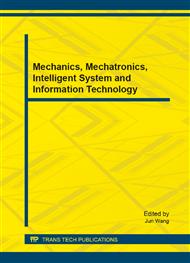p.993
p.998
p.1002
p.1021
p.1029
p.1037
p.1042
p.1046
p.1050
Three Dimensional Analysis of the Slab Reheating Furnace
Abstract:
This paper studies the chemical combustion reaction of coke oven gas coupled with radiation heat transfer in the slab reheating furnace. Three dimensional temperature distributions of the produced gases and slabs in the combustion furnace are investigates numerically. Numerical results reveal that the radiation heat transfer dominates the heating process in the combustion furnace; it is around 95% of total input heating energy. The heating efficiency is examined for the sake of energy saving in the combustion furnace.
Info:
Periodical:
Pages:
1029-1033
Citation:
Online since:
August 2014
Authors:
Keywords:
Price:
Сopyright:
© 2014 Trans Tech Publications Ltd. All Rights Reserved
Share:
Citation:


